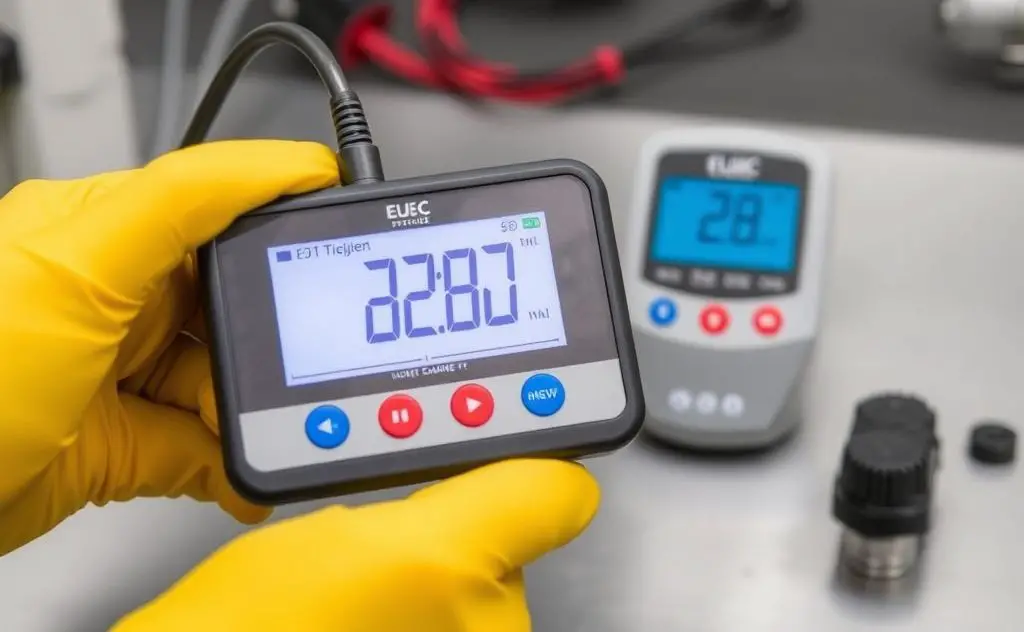Temperature monitoring devices should be calibrated at least annually, or more frequently if used in critical applications or after significant temperature changes.
Temperature monitoring devices play a critical role in industries ranging from healthcare to food storage. Proper calibration ensures accuracy, compliance, and safety. But how often should these devices be calibrated? The answer depends on usage, environment, and regulatory requirements.

Recommended Calibration Frequency
Most experts recommend calibrating temperature monitoring devices every 6-12 months. However, some situations may require more frequent calibration:
- High-accuracy applications: Every 3-6 months
- Harsh environments: Every 3 months
- Regulated industries: As specified by governing bodies
The CDC Vaccine Storage and Handling Toolkit emphasizes the importance of regular calibration for vaccine storage units, where even minor temperature deviations can render vaccines ineffective.

Factors Affecting Calibration Frequency
1. Device Type and Quality
Higher-end devices with stable components may require less frequent calibration. For example, Dickson’s Smart Sensors with patented technology can maintain accuracy longer than basic thermometers.
2. Environmental Conditions
Devices exposed to extreme temperatures, humidity, or physical shock need more frequent calibration. This is particularly important for water heater thermostat controls in harsh environments.
3. Regulatory Requirements
Industries like pharmaceuticals and food processing often have strict calibration schedules mandated by:
- FDA
- CDC
- ISO standards
- OSHA regulations
Calibration Process
Proper calibration involves:
- Comparing device readings to a known standard
- Adjusting the device if necessary
- Documenting the results
| Device Type | Recommended Standard | Tolerance |
|---|---|---|
| Medical Refrigerator | NIST-traceable | ±0.5°C |
| Industrial Freezer | ISO/IEC 17025 | ±1.0°C |
| Food Storage | HACCP | ±0.3°C |
Signs You Need Immediate Calibration
Watch for these red flags between scheduled calibrations:
- Unexplained temperature fluctuations
- Device fails self-tests
- Physical damage to the sensor
- After extreme temperature exposure
For critical applications like pool heater control panels, consider implementing continuous monitoring systems that alert you to calibration drift.
Choosing a Calibration Service
When selecting a calibration provider, verify they offer:
- NIST-traceable or ISO/IEC 17025 accreditation
- Experience with your specific device type
- Detailed calibration certificates
- Quick turnaround times
Remember that proper calibration isn’t just about compliance – it’s about ensuring the safety and quality of your products and processes. Whether you’re monitoring vaccine storage or indoor propane heaters, regular calibration protects your investment and those who depend on your equipment.
